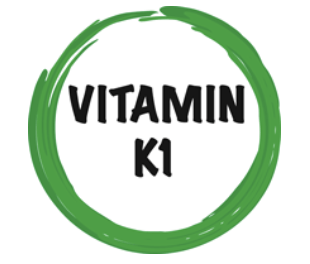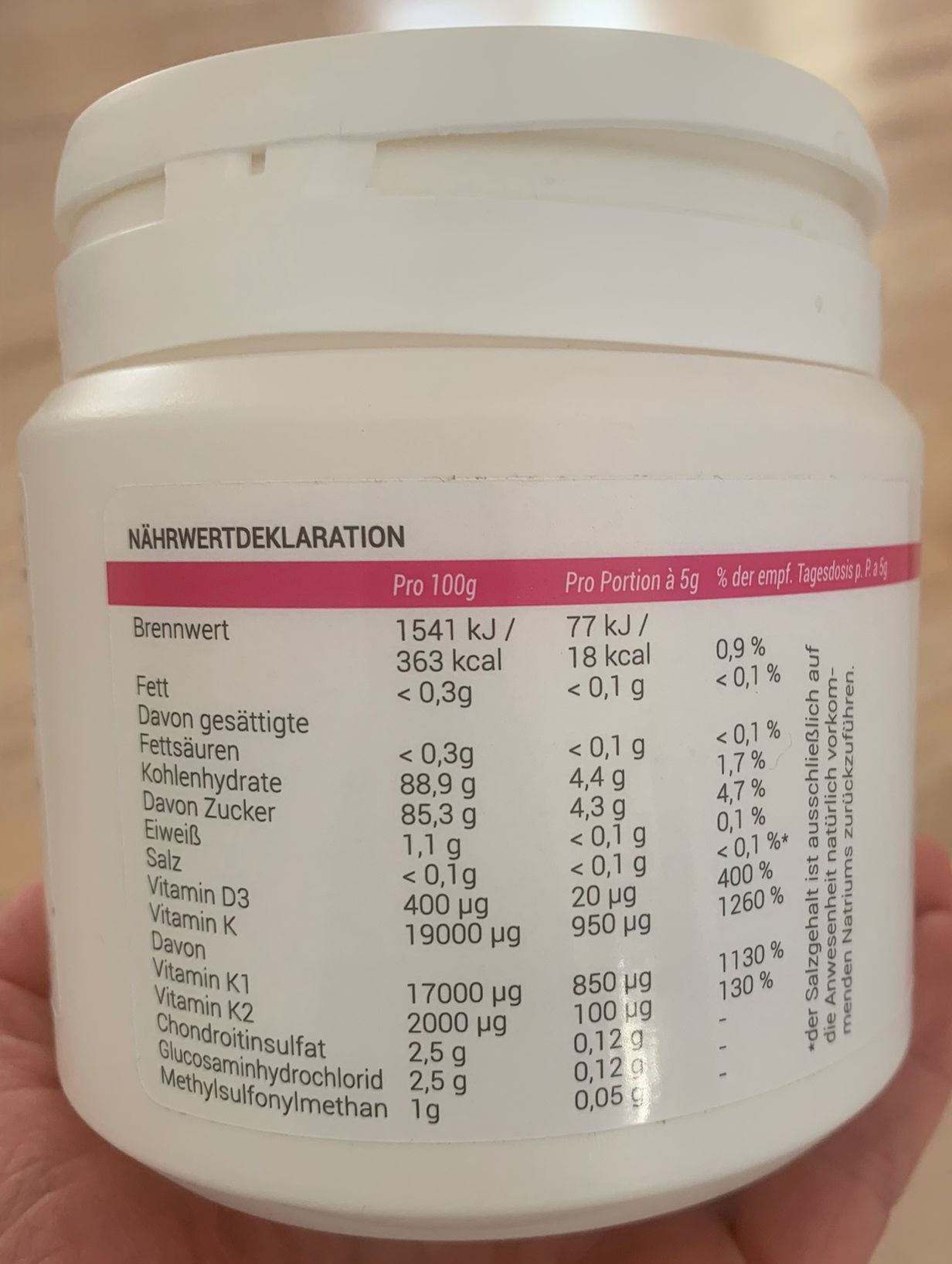HUMAN EDITION
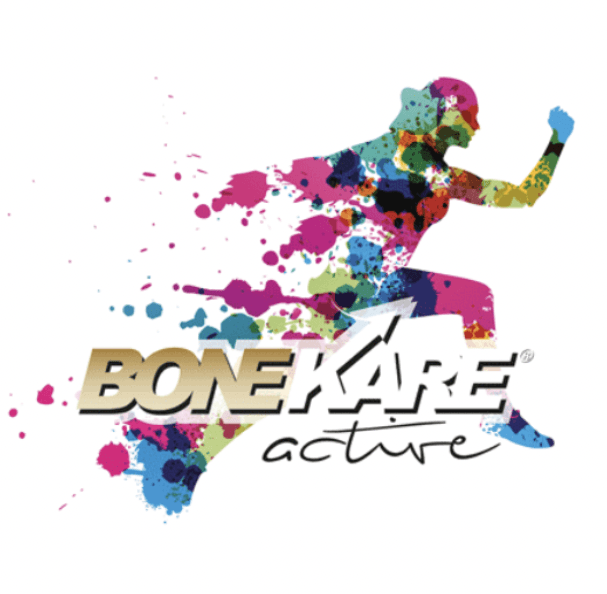
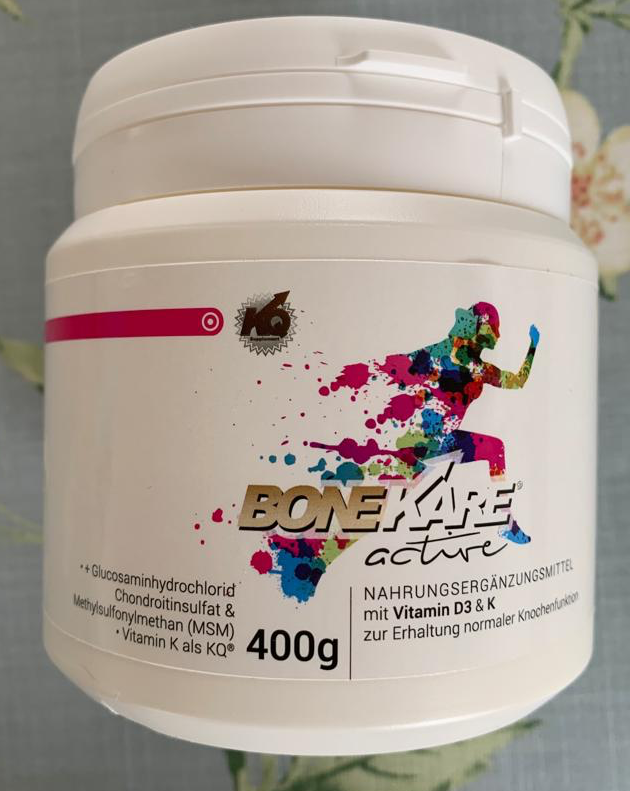
400g - £50
In BoneKare® Active we have combined high levels of the UV-stable form of Vitamin K1 (KQ®) and micro-incapsulated Vitamin K2. Blended together with the well known Glucosamin, Chondroitin and MSM to support mobility and help sustain your activity from all angles.
Add 1 spoon ca. 5 g powder to 200-250ml of water or juice.
STAYING ACTIVE AND MAINTAINING MOBILITY
Mobility is the joy of moving freely and easily. Healthy muscles, bones and joints allow us to perform all types of movements – from everyday tasks to enjoying our favourite hobbies, and it’s a key aspect of healthy ageing.
It’s something we often take for granted and only become aware of when we start to feel that our bodies aren’t working as well as they used to – for instance that niggling feeling in the joints or the slight stiffness first thing in the morning.
THE FIRST STEP IN STAYING ACTIVE IS TO UNDERSTAND WHAT'S GOING ON WITH OUR BONES
Bone remodeling is a lifelong process where mature bone tissue is removed from the skeleton by osteoclasts (bone resorption) and new bone tissue is formed by osteoblasts (a process called ossification or new bone formation). These processes also control the reshaping or replacement of bone following injuries like fractures but also micro-damage, which occur during normal activity and can be very painful. Remodelling also responds to functional demands of the mechanical loading, meaning that the the more active you are, more remodelling takes place.
In the first year of life, almost 100% of the skeleton is replaced. In adults, remodelling proceeds at about 10% per year.
An imbalance in the regulation of the bone remodeling's processes, bone resorption and bone
formation, results in many metabolic bone diseases, such as osteoporosis, or to excessive calcium build up in the soft tissue causing arthritis.
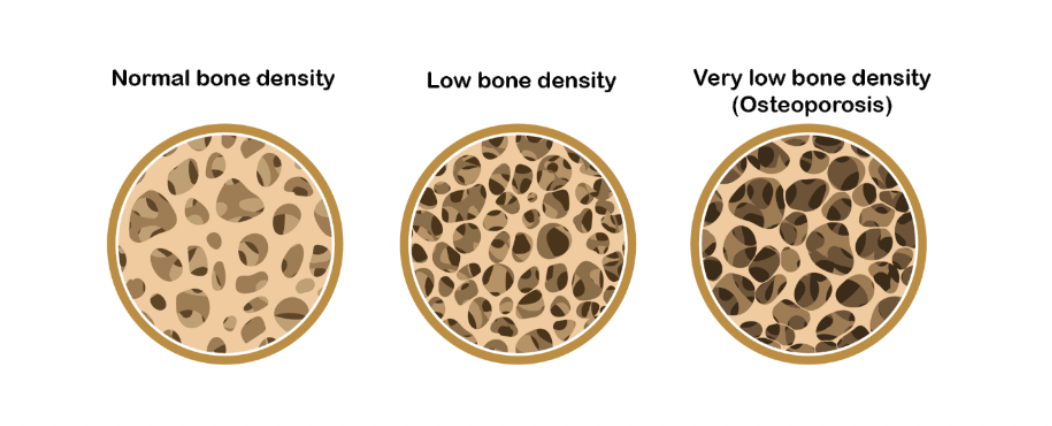
VITAMIN KQ® - THE REVOLUTIONARY FORM OF VITAMIN K
In recent years there has been a lot of research regarding the hidden talents of Vitamin K. For a long time it was thought that Vitamin K was only important for blood coagulation, but it has become apparent that there are in fact many additional Vitamin K dependent proteins related to bone and cardiovascular health.
BoneKare ® Active contains KQ®, the unique UV-stable form of vitamin K designed to help increase bone density and reduce the build up of stray calcium in soft tissue.
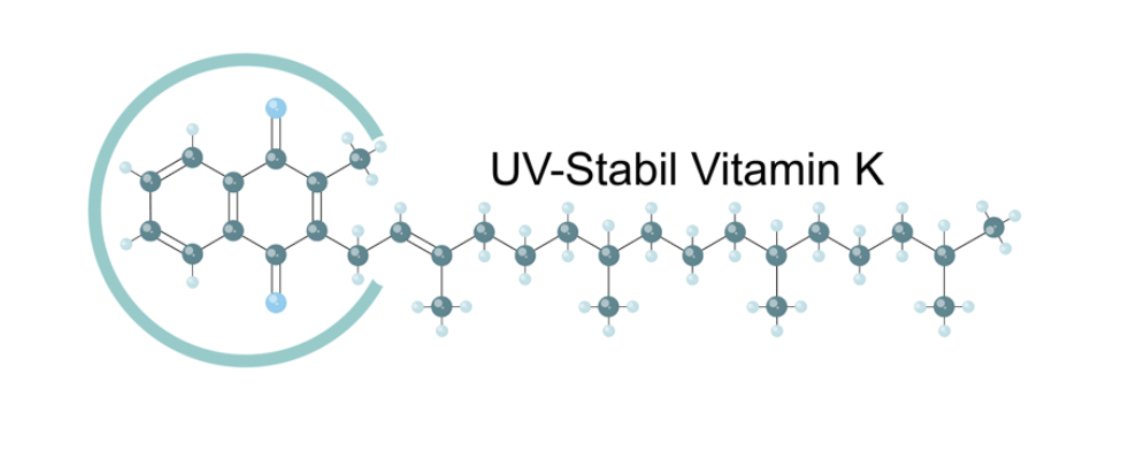
WHY IS VITAMIN K SO IMPORTANT FOR BONE HEALTH ?
Vitamin K works by activating a number of special proteins that move calcium around the body. It transports calcium into the bones with its long side chain to strengthen mineral density and fight fractures while it prevents and even removes dangerous arterial calcification.
Vitamin K also has a critical effect on the function of Osteocalcin, the bone protein that binds the mineral and protein in bone together. Without sufficient Vitamin K the binding process is incomplete and low density or defective bone and cartilage are produced.
When Vitamin K dependent proteins are switched on by vitamin K, they actively usher calcium to and from appropriate areas of the body. When Vitamin K levels are inadequate, those proteins are dormant and calcium wanders aimlessly, eventually taking the path of least resistance, embedding in soft tissues rather than trying to force its way into hard bone.
This is what many have been referring to over the years as the calcium paradox. A mysterious, concurrent calcium deficiency (in the skeleton) and calcium excess (in the arteries) that underlies two major health concerns of our time, osteoporosis and heart disease
SOURCES OF VITAMIN K
VITAMIN K1
Vitamin K1 (phylloquinone) is present primarily in green leafy vegetables and is a humans main dietary source of Vitamin K. The amount in each plant varies with the highest amounts occurring in green leafy vegetables because its production is directly involved in photosynthesis. It is instantly created, disassembled, then re-created every second in the life of a leaf. Degradation of Vitamin K1 begins rapidly as soon as photosynthesis ceases (leaf is cut), and the decay rate is directly related to the intensity of UV light. This means for example that after salad or vegetables are cut, packaged, transported and displayed under fluorescent lights in the supermarket several days have past and almost all the Vitamin K1 is lost. In today's day and age, unless you have a home garden and consume your greens directly after harvesting it's very likely you're not getting sufficient Vitamin K1
VITAMIN K2
Vitamin K2 (Menochinone) is converted in the body from Vitamin K1. If you consume enough greens (that actually still contain Vitamin K1) your body can convert this making its own Vitamin K2. Another source of Vitamin K2 is found in the fat of pastured animals that graze on fresh green grass and produced by certain kinds of bacteria in their gut. Phylloquinone (VK1) is consumed by the pastured animal, it makes its way into their intestines, and there it is transformed by the bacteria of the animal’s intestinal flora. The resulting menaquinone is then stored in the fat cells of the animal as well as in the fat of their milk if they are milk-producing.
Consuming these animal fats in which Vitamin K2 has been concentrated will provide this precious essential micronutrient. If the grazing animal does not feed on green grass, they get no Vitamin K1. If they get no vitamin K1, their gut flora is not only compromised and negatively altered with respect to what it should be if they were consuming the grass they have evolved eating, but it produces no Vitamin K2. If no Vitamin K2 is produced, their fat and milk will contain no Vitamin K2, and neither their offspring nor any person consuming products derived from the animal will get any Vitamin K2. Hence, no grass feeding (VK1), no vitamin K2 in the animal’s fat.
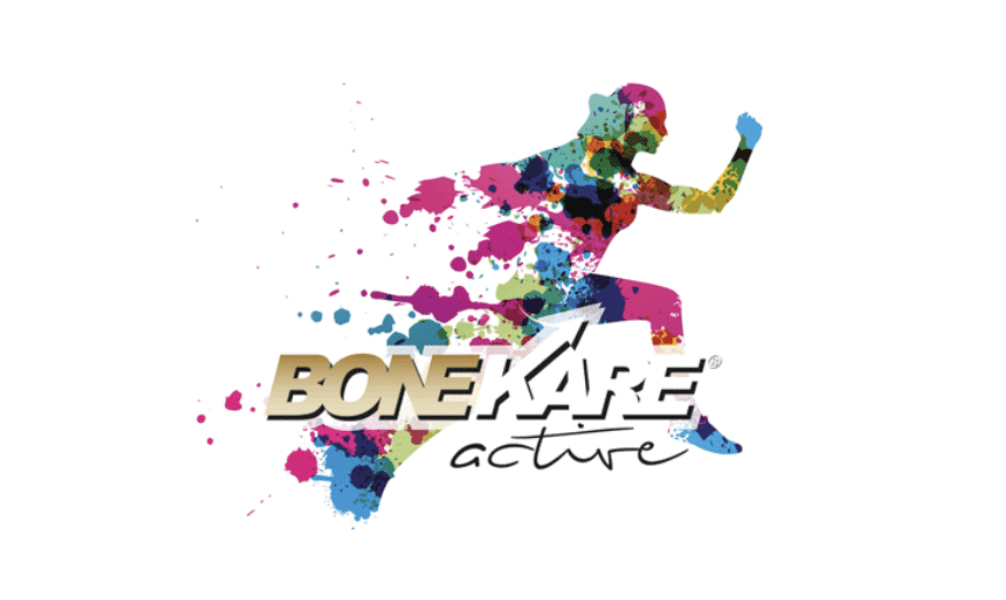
INGREDIENTS
-
Button
Vitamin K1 (Phylloquinone) is of plant origin and occurs mainly in green (leaf) vegetables, algae and vegetable oils.
-
Button
Vitamin K2 (Menaquinone) is produced by conversion of Vitamin K1. It's transformed by the bacteria of the intestinal flora in the liver and the hindgut.
-
Button
Vitamin D3 is important for a number of functions in the body, from supporting strong and healthy bones to maintaining your immune system
-
Button
Glucosamine is an essential component of the cartilage matrix. The body essentially builds its articular cartilage from glucosamine and chondroitin
-
Button
Chondroitin is also an essential component of the cartilage matrix. The structure of chondroitin in the cartilage stores water, thus forming the natural shock absorber in the joints
-
Button
MSM is the abbreviation for methylsulfonylmethane and is organic sulfur. Sulfur is necessary for the joint structure. MSM can be found in plant but also in animal products.

Thoroughbreds
Ilka: +44 (0)785 553 2072Arabians
Stéphane: +44 (0)7981 772 715
Stéphane: +44 (0)7981 772 715
RACEHORSE TRAINERS
Saint Wendred’s
Hamilton Road
Newmarket CB8 7JQ
United Kingdom
Gansera Leveque | All Rights Reserved


